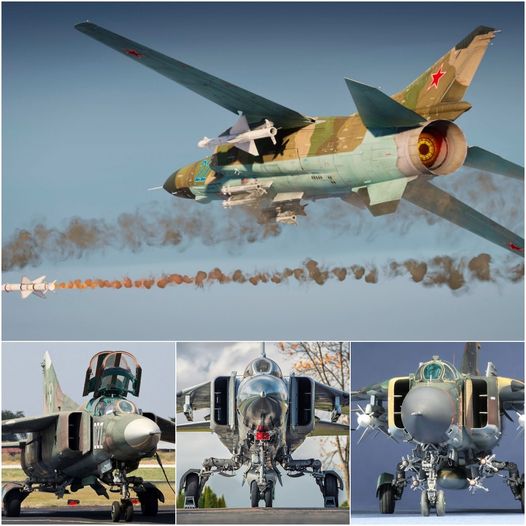
The Soviet MiG-23 ‘Flogger’ was designed to replace the MiG-21, but it proved less agile, more costly and less effective than Russia had hoped.
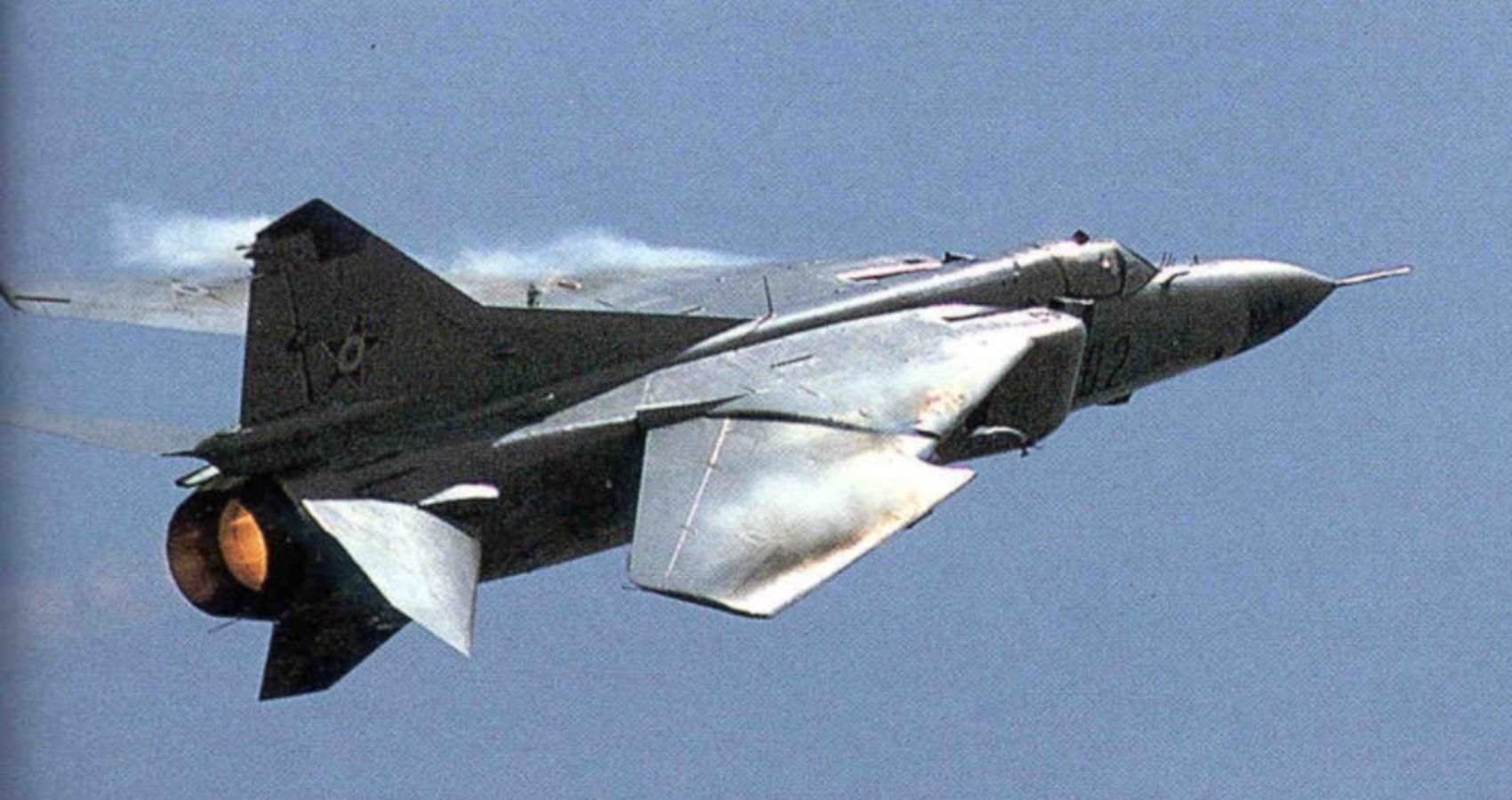
At the height of the Cold War, the Soviet Union was producing some spectacular military aircraft. These included the likes of the Tupolev Tu-144 ‘Konkordski’, and the rather misleading MiG-25 ‘Foxbat’. Something that the Soviet’s may not be as proud of is the MiG-23 Flogger. A swing-wing fighter designed to replace the venerable MiG-21. However, the MiG-21 would outlast its supposed replacement in service. And the ‘Flogger’ has become one of the more problematic aircraft from the Soviet Union.
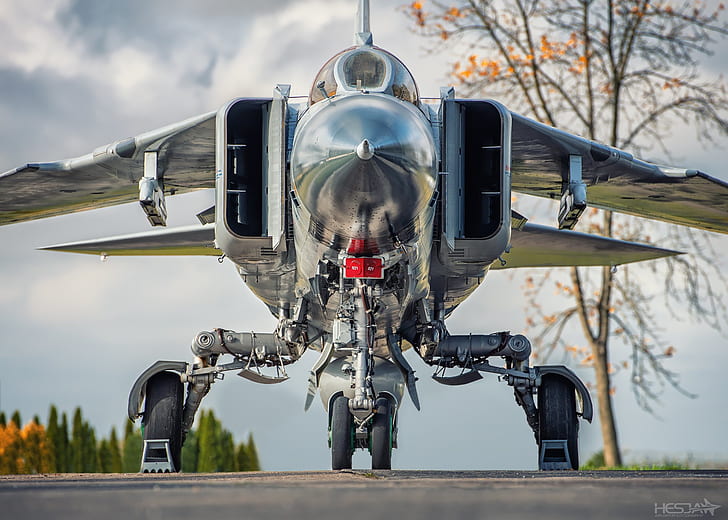
Technical failures with its R-29 engines meant the MiG-23 was a nightmare to maintain. The fighter was also incredibly difficult to operate, and it would only have limited success overseas as the Soviet’s tried to export it to allies. While it had it’s plus points, the ‘Flogger’ was a rather troubled Soviet fighter.
Why The Soviet Union Needed To Replace The MiG-21
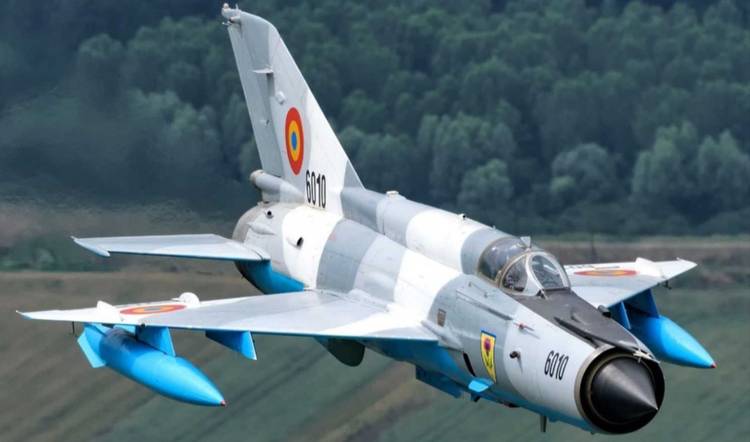
The MiG-21 had become one of the most dependable fighter aircraft in the Soviet Union’s arsenal. It was a fast and agile interceptor. And it would prove itself in combat against American F-4 Phantoms in the Vietnam War. But there was a need for an aircraft with a longer range, more weapons load and a more advanced radar system. All of these were problems for the MiG-21, and work on its replacement began in the early 1960s. After exploring the idea of a lift jet aircraft for shorter take-off runs, the swing wing layout was the one chosen for the MiG-23.
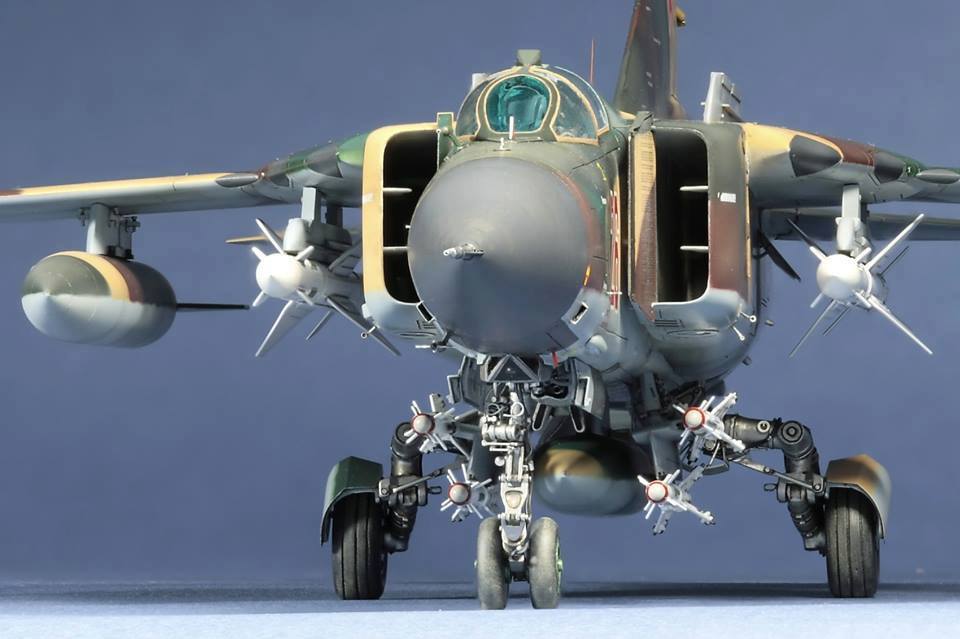
The new aircraft, which earned the NATO reporting name ‘Flogger’, first took to the skies in June 1967. All prototypes had the Tumansky R-27-300 turbojet engines powering them. Production began in earnest in December 1967. The ‘Flogger’ entered service in 1970. And Mikoyan-Gurevich had achieved their aim of creating a light and agile fighter. Despite the early promise, and that it could carry more weapons and advanced radar systems, the MiG-23 would soon have problems. And these would blight the aircraft during its Soviet service.
The MiG-23 Was More Costly Than Its Predecessor
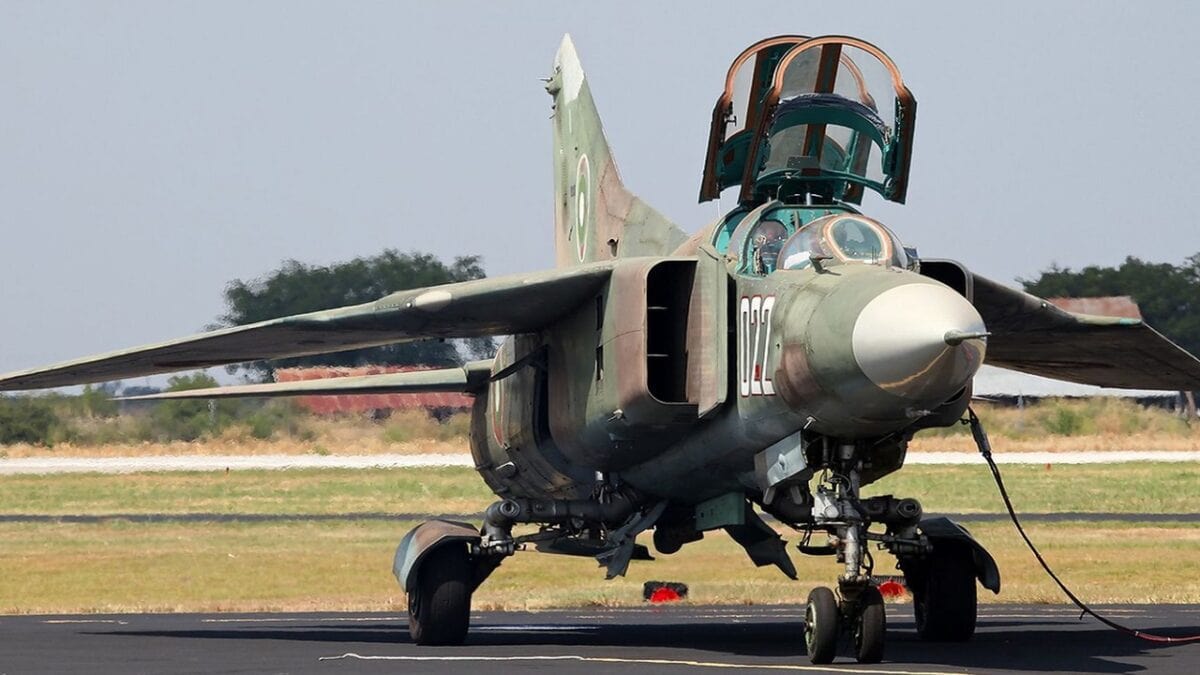
Once the MiG-23 had entered service, the Russians found that it was a more costly aircraft to operate than the MiG-21. Maintenance costs were high thanks to problems with the R-29 turbojets on early MiG-23s. But that was the tip of the iceberg for the ‘Flogger’. In terms of it’s agility, the aircraft failed to live up to expectations. Not only could American aircraft like the new F-15 Eagle outturn the ‘Flogger’. But so too could the upgraded F-4E Phantoms. The type of aircraft it should have outmaneuvered! The F-4E was actually upgraded with slats that made it more agile than the ‘Flogger’. Perhaps most worrying was the fact that, in a turning engagement with the MiG-21, the MiG-23 would lose out.
Even more worrying was the fact that the ‘Flogger’ suffered from various yaw instability at higher speeds. At high angles of attack, the aircraft would become incredibly unstable. Although it had the acceleration to outrun American fighters like the F-4. The Soviet pilots soon found out that their 1,553 mph fighter was much better suited as an interceptor than a dogfighter. It did though boast the advanced radar systems such as the RP-23 Sapfir. And it was one of the first Soviet aircraft to have beyond-visual-range missiles as well.
The MiG-23 Has An Appalling Service Record
The plus points though couldn’t deviate anyone from the knowledge that the MiG-23 had a poor service career. The R-29 engines were prone to overheating, and in combat the MiG-23 suffered badly. Israeli F-15s easily shot down Syrian ‘Floggers’ during the Arab-Israeli wars. And the Tobruk Skirmish incident is famous for the shooting down of two MiG-23s thanks to a pair of F-14 Tomcats of the US Navy. Despite the fact it was originally meant to replace the MiG-21, the MiG-23 never did so. The Soviet Union operated both aircraft right up to the Union’s dissolution in the early 1990s.
The last MiG-23s in Russian service were duly retired in 1998. Remarkably, the MiG-23 is now operated in even more limited numbers in 2023 than the MiG-21. So not only was the ‘Flogger’ a disappointment, but it never replaced the MiG-21. In fact, that aircraft is still in service across the world right now.
The MiG-23 Was Not The Fighter The Soviet Union Had Hoped for

The MiG-23 ‘Flogger’ certainly delivered on some of its potential. It was a fast aircraft, with tremendous acceleration. And it could carry a larger payload than the MiG-21. But the swing-wing fighter was severely blighted by technical problems. High operating costs and some very poor flight characteristics also plagued the ‘Flogger’. There is now a very real possibility that the MiG-21 will outlast its supposed replacement when it comes to service careers. That is not something that the Soviet Union would have expected when the MiG-23 first took to the skies.
